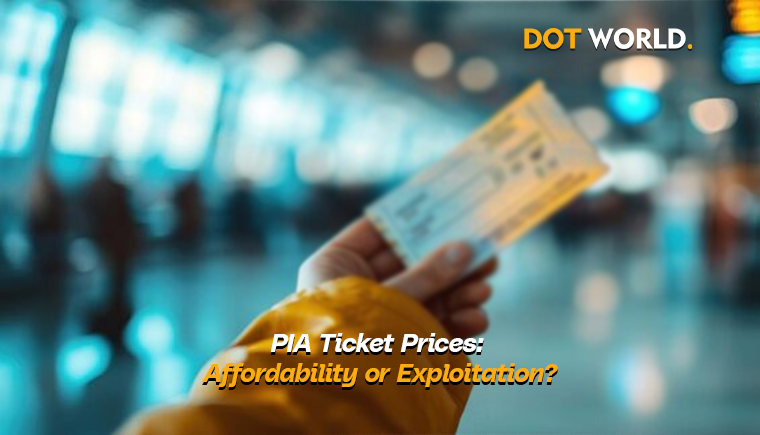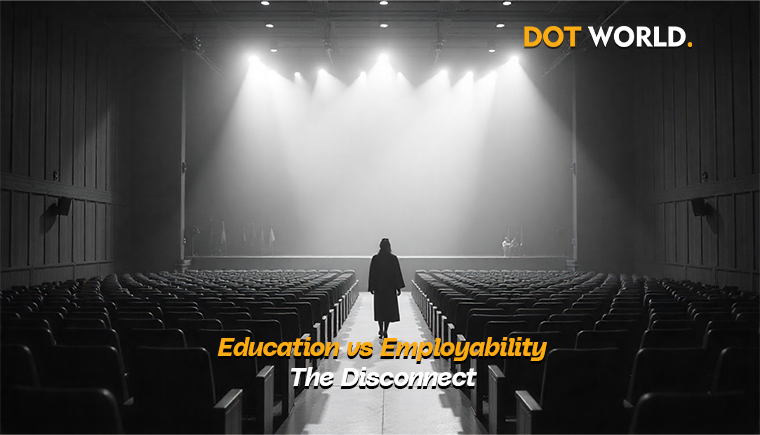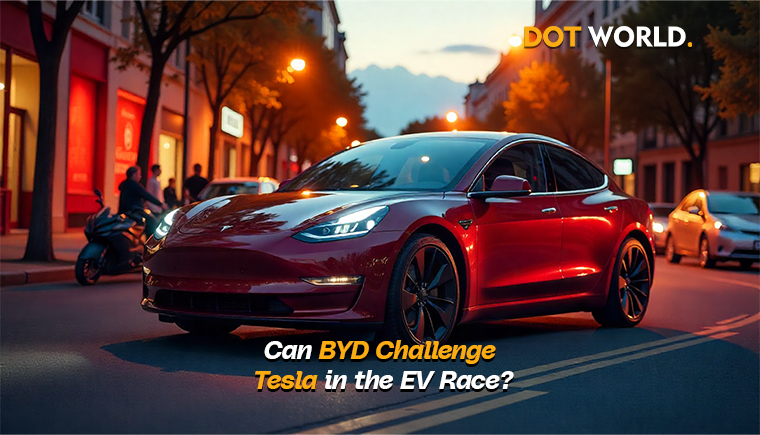When air travel was first introduced in Pakistan, flying with Pakistan International Airlines (PIA) was considered a symbol of prestige, efficiency, and affordability. It was the pride of the skies, offering both convenience and quality. But today, a common question asked by everyday Pakistanis is: Are PIA ticket prices affordable or simply a form of exploitation?
Whether you’re planning a domestic trip from Karachi to Islamabad or an international journey to Saudi Arabia or the UK, chances are you’ve winced at the PIA ticket price. So what’s driving the high costs? Are they justified by operational realities—or are passengers being taken for a ride?
In this deep dive, we’ll explore the breakdown of PIA ticket prices, how they compare with competitors, and why the once-iconic Pakistan International Airlines is under fire for its pricing strategies.
✈️ The Role of PIA in Pakistan’s Aviation History
Before we critique the pricing, it’s essential to understand PIA’s roots. Founded in 1955, Pakistan International Airlines was once at the forefront of aviation innovation in Asia. It was the first Asian carrier to operate a jet aircraft and had an impressive safety and service record through the 1960s and 70s.
Over the decades, however, PIA’s brand image has plummeted. As discussed in our detailed YouTube exposé on PIA’s decline, poor management, corruption, and outdated infrastructure pushed the airline into financial crisis. The ripple effect of these problems is now visible in its airline fares.
💸 Breaking Down the PIA Ticket Price
So, what goes into the cost of a PIA ticket?
Here are the main components:
- Fuel costs – A significant part of any airline’s budget, especially with global oil price fluctuations.
- Airport taxes and government surcharges – Heavily imposed on both domestic and international flights.
- Operational inefficiency – Due to older aircraft and poor route planning, operational costs are higher.
- Overstaffing – Unlike private airlines, PIA carries a massive employee burden per flight.
- Debt servicing – With billions owed, Pakistan International Airlines is often funneling ticket revenue to repay loans.
When you pay for a PIA ticket, you’re not just covering the cost of travel—you’re subsidizing years of institutional mismanagement.
📊 PIA Ticket vs. Private Airlines: A Shocking Comparison
Let’s look at a simple comparison for a one-way flight from Karachi to Islamabad:
| Airline | Average Ticket Price (PKR) | Baggage | Aircraft Age | On-Time Performance |
| PIA | 28,000 – 34,000 | 20kg | 15+ years | 65% |
| AirBlue | 18,000 – 22,000 | 20kg | 5 years | 80% |
| SereneAir | 20,000 – 24,000 | 20kg | 4 years | 85% |
In most cases, the PIA ticket price is 30–50% higher than competitors. This raises eyebrows, especially when the flying experience often falls short of expectations.
🛫 International Flights: Worse or Better?
On international routes, particularly Middle Eastern destinations (Dubai, Jeddah, Riyadh), the PIA ticket often costs more than Emirates or Saudia—but without matching the quality.
For instance:
- Karachi to Jeddah
- PIA ticket price: PKR 120,000 (economy)
- Emirates ticket price: PKR 105,000 (economy, better service)
- Air Arabia: PKR 88,000 (with stopover)
Considering these numbers, it’s hard to justify the steep airline fares of Pakistan International Airlines—unless you have no other choice.
🤔 Why Do People Still Choose PIA?
Despite the higher PIA ticket prices, many travelers—especially for Hajj, Umrah, and emergency travel—still choose PIA. Why?
- Direct flights: PIA offers non-stop routes to several destinations.
- Flexible luggage policies: Slightly more lenient for overseas workers.
- Emotional attachment: Older generations still trust Pakistan International Airlines as a legacy carrier.
- Government contracts: Public sector workers often get PIA bookings for official travel.
Still, for the average Pakistani, these benefits rarely outweigh the financial burden of steep airline fares.
🛑 Is It Affordability or Exploitation?
Let’s call it what it is: For a country where minimum wage is under PKR 35,000, spending a full month’s income on a PIA ticket is simply not sustainable. This is especially problematic for students, middle-class families, and migrant workers.
What’s worse? The PIA ticket prices don’t guarantee value for money. From delayed flights to old aircraft with dated interiors, many travelers feel they’re being exploited.
🔍 What PIA Says About High Prices
Pakistan International Airlines often defends its pricing by citing:
- Global fuel inflation
- Tax burdens
- Limited flight options due to banned EU routes
- Heavy maintenance costs of old aircraft
While these reasons are valid in part, they are largely a result of internal inefficiency. If private airlines can offer better service at lower rates, so can PIA—with proper reform.
📹 Dive Deeper With Us
For a detailed analysis of PIA’s mismanagement, staff bloating, and its long fall from grace, watch our full YouTube documentary.
Or check out our latest videos at MyDotWorld’s video page—where we regularly tackle issues like inflation, inequality, and failing public services.
📉 What’s the Solution?
- Fleet modernization – Reduce fuel and maintenance costs.
- Route optimization – Focus on profitable, high-demand routes.
- Private partnerships – Consider partial privatization or management outsourcing.
- Merit-based hiring – End political appointments and focus on efficiency.
- Pricing transparency – Break down PIA ticket prices clearly for the public.
Until these steps are taken, Pakistan International Airlines will continue to struggle—and so will the passengers bearing the burden of high airline fares.
🧩 Conclusion: National Pride or National Burden?
For a national airline, PIA should ideally reflect the values, efficiency, and spirit of the country it represents. Sadly, PIA ticket prices today reflect a system that’s broken—where the public pays more and gets less.
If reforms are not urgently implemented, Pakistan International Airlines may lose its last customer to a private competitor, becoming a symbol not of national pride—but of national failure.
And as long as people are forced to choose between overpriced PIA tickets or sacrificing convenience, this debate of affordability vs. exploitation will continue.





